As the other contributors to the Thrive discussion “What would it take to strengthen women’s land rights” affirmed: strengthening women’s land rights enhances their investments in land productivity. So what happens in matrilineal societies? What are incentives for women and men to invest in higher land productivity?
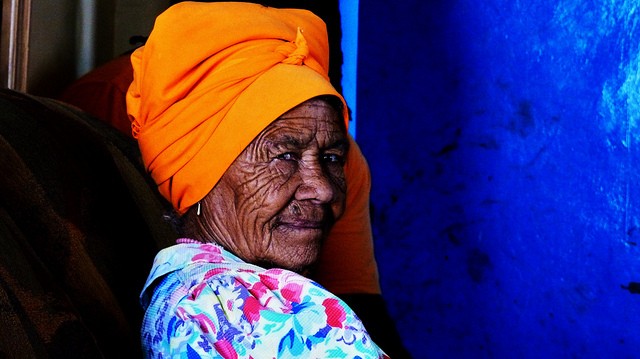
Our CGIAR Research Program on Water, Land and Ecosystems (WLE) research in Southern Africa explores this question with a focus on the crucial resource for higher productivity: access to water.
Matrilineal societies are widespread in Southern Africa. The southern half of Malawi (except the most southern tip) is matrilineal, as well as the northern Mozambique and north-eastern Zambia. In Tanzania, the broad coastal belt south of Tanga, including Dar-es-Salaam, Morogoro and the Uluguru mountains is matrilineal. In that last area of the Waluguru, land is intensively cultivated and a vibrant, highly productive irrigated farming system has developed over the last decades.
On steep terraced slopes, high-value horticultural crops and maize, potatoes and beans are irrigated from gravity irrigation canals in each hamlet, initiated by local farmers. Vegetables are sold at great distances, including Dar-es-Salaam.
We studied 152 irrigated plots and irrigation practices in Nyandira and Tchenzema and received interesting findings.
The first finding is a remarkably egalitarian and productivity-oriented collaboration between the spouses. In trying to disentangle intra-household access to and control over land; labor and decision-making about cultivation; and decision-making about the use of the produce, local community members tell us again and again that ‘after marriage we are one’ so the answers lie in looking at ‘joint’ responsibilities. Egalitarian access to land is an important factor underpinning these production relations.
The second finding is about this egalitarian land tenure. Daughters inherit plots from their mothers’ clan and stay at their parents’ place at marriage. Sons move to their new wives’ clans and cultivate their in-laws’ land. This matrilineal culture provides married, single and divorced women and widows with guaranteed access to plots. But this culture also works for men. Sons also inherit land in their mother’s clans albeit typically smaller portions than what their sisters inherit. In addition, men have access to the land of their wives’ clans as long as they are married.
Divorce is rare (but increasing). When there is a divorce, the wife and the children stay, and husbands have to leave everything behind. However, community members told us that ‘hard working men easily find another wife’. There is great flexibility in adjusting these broad norms to specific needs at specific times. Inheritance remains the most common way to obtain land, as seen in 74% of all plots studied . Of the inherited plots, 55% were inherited by daughters and 45% inherited 45% by sons, but their plots were usually smaller.
The purchase of land is becoming more frequent; 26% of the plots studied were bought (renting land is negligible). In two third of these cases, spouses bought the land together. They paid with the income of joint harvests so the land purchased is also seen as jointly owned. However, when buyer and seller documented their transaction, only men signed. Women and children were at best a ‘witness’. In the other third of individual purchases, more women than men obtained land.
A third finding is somewhat surprising. While irrigation is generally also seen as a joint endeavour in which spouses mutually support and replace each other, men are somewhat more active than women, especially in the initiative to start digging an irrigation canal and in the cleaning and maintenance of canals. Men do not seem to distinguish between plots; they seek to irrigate both their own and their wives’ plots. Prices for irrigated land are much higher than rainfed land and can be USD415 per acre, or the value of one season irrigated crops.
In probing for reasons why men are somewhat more active than women, women’s disproportionate responsibility for domestic chores came up. The unequal division of domestic chores remains the main gender difference, even though Waluguru men take up some chores such as firewood collection and washing of own clothes. There are no taboos, for example, for men to cook. Another reason mentioned is that digging and repairing canals sometimes implies carrying of heavy stones. Women would lack the ‘nguvu’ (strength or power) needed for that.
While we observed many instances of gender equality in the Waluguru communities, there were a couple of exceptions. For example, the recent phenomenon of men’s ‘secret pocket’ through which men try and hide income gained from their sale of crops for personal spending, for example in the pub. However, this seems quite rare and women fiercely contest this.
Another gender difference is that men tend to dominate the public space of off-farm income- generating opportunities, such as the more distant trade of the cash crops or transport.
Despite the matrilineal culture, the notion that men are the ‘head of the household’ exists. This is at least partly related to the influence of the Catholic church in this area. In any case, men are seen as ‘fighting for cash income’. The gender and productivity implications of other trends in these areas are also yet to be understood, in particular the trend that brothers shift from taking care of their sisters’ children to focusing more on their biological children.
In general, kinship bonds of the extended families weaken in favour of nuclear families. For example, in the past siblings and parents of the extended family held claims to clan’s land cultivated by one member. Nowadays, some individuals and couples pay off these claims with a symbolical amount of money to ‘purchase’ the land from them.
As Ruth Meinzen-Dick highlights in her recent blog post, our study supports that there is a link between gender equality and high productivity. The link between matrilineal land tenure and productivity, including the role of irrigation, could be further assessed by a systematic comparison between matrilineal and patrilineal land tenure.





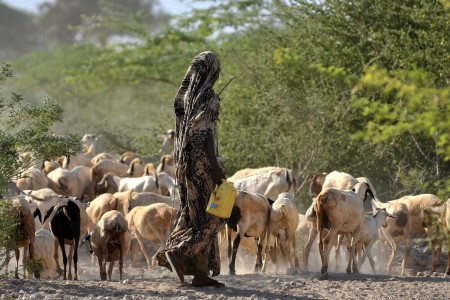



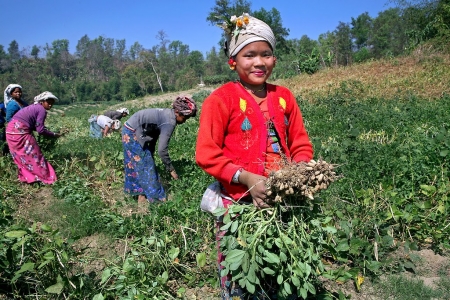



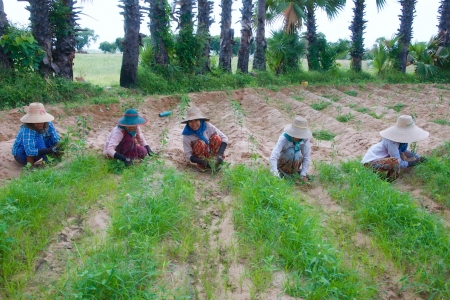
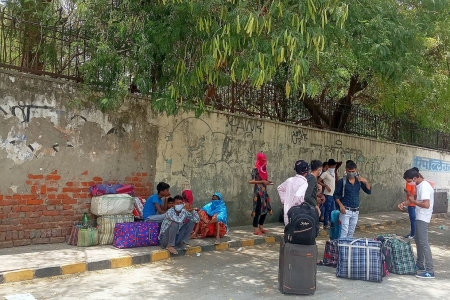




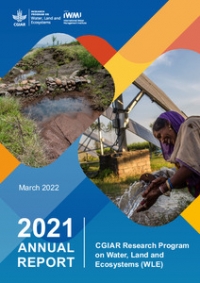
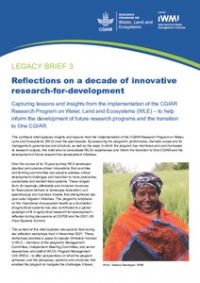
Add new comment